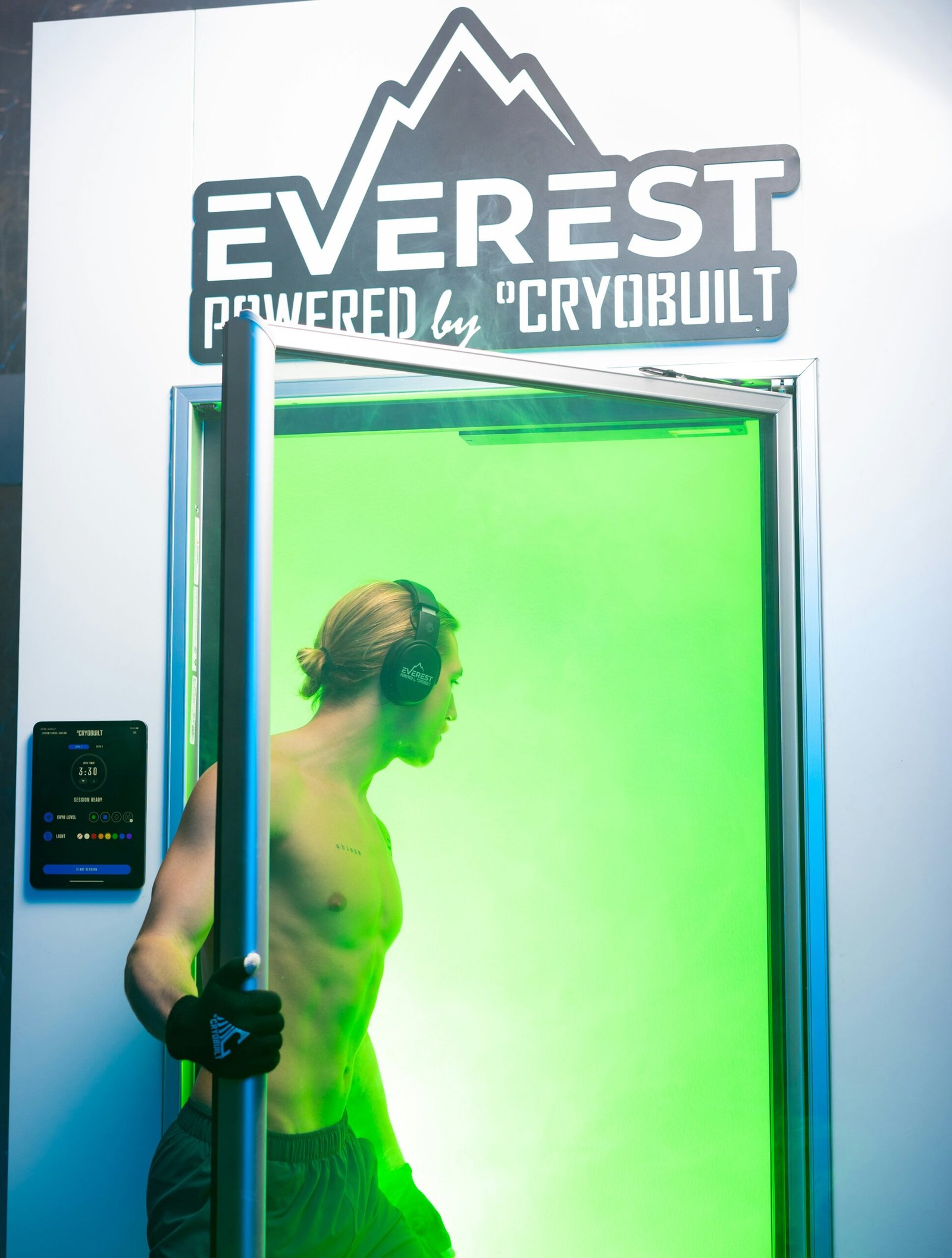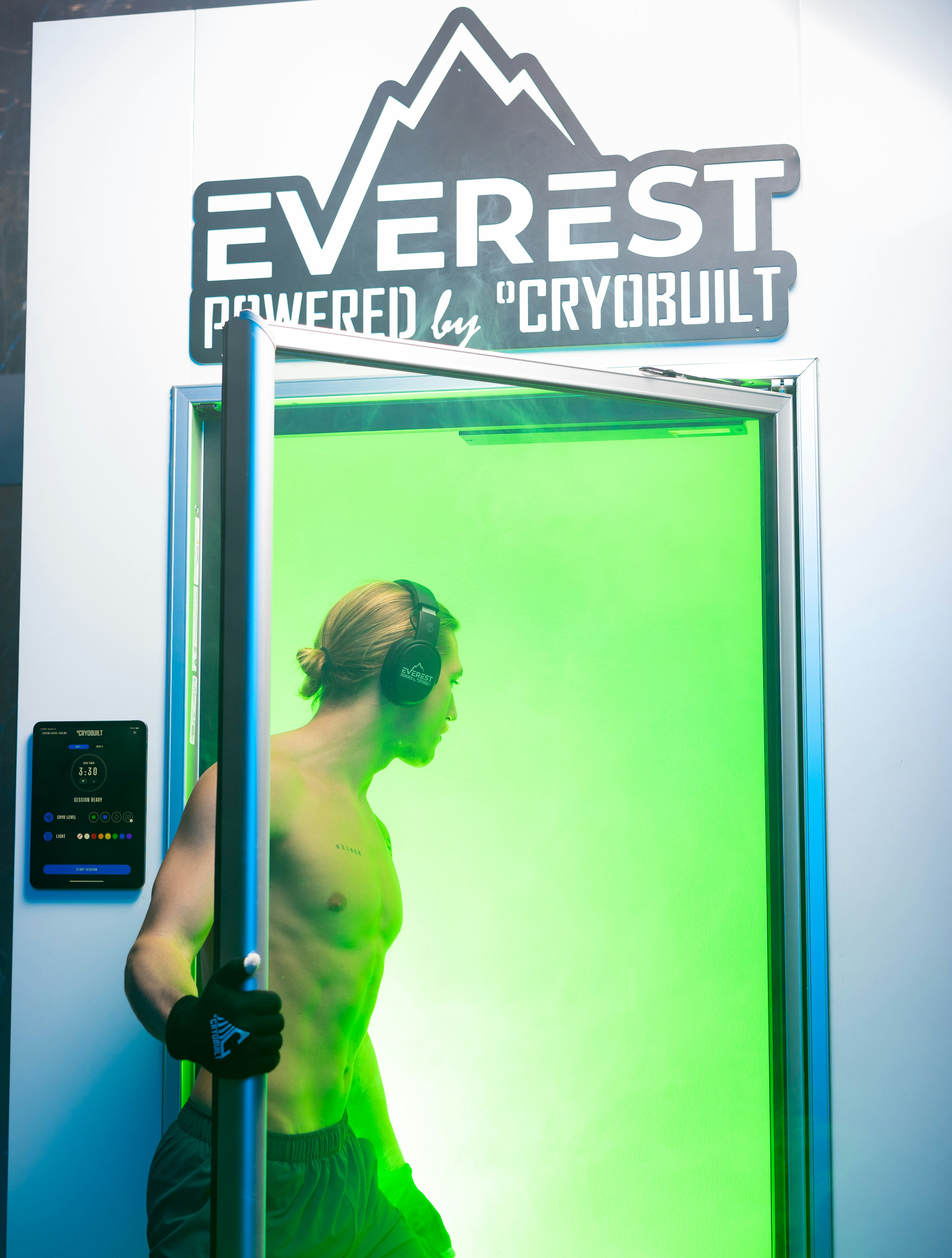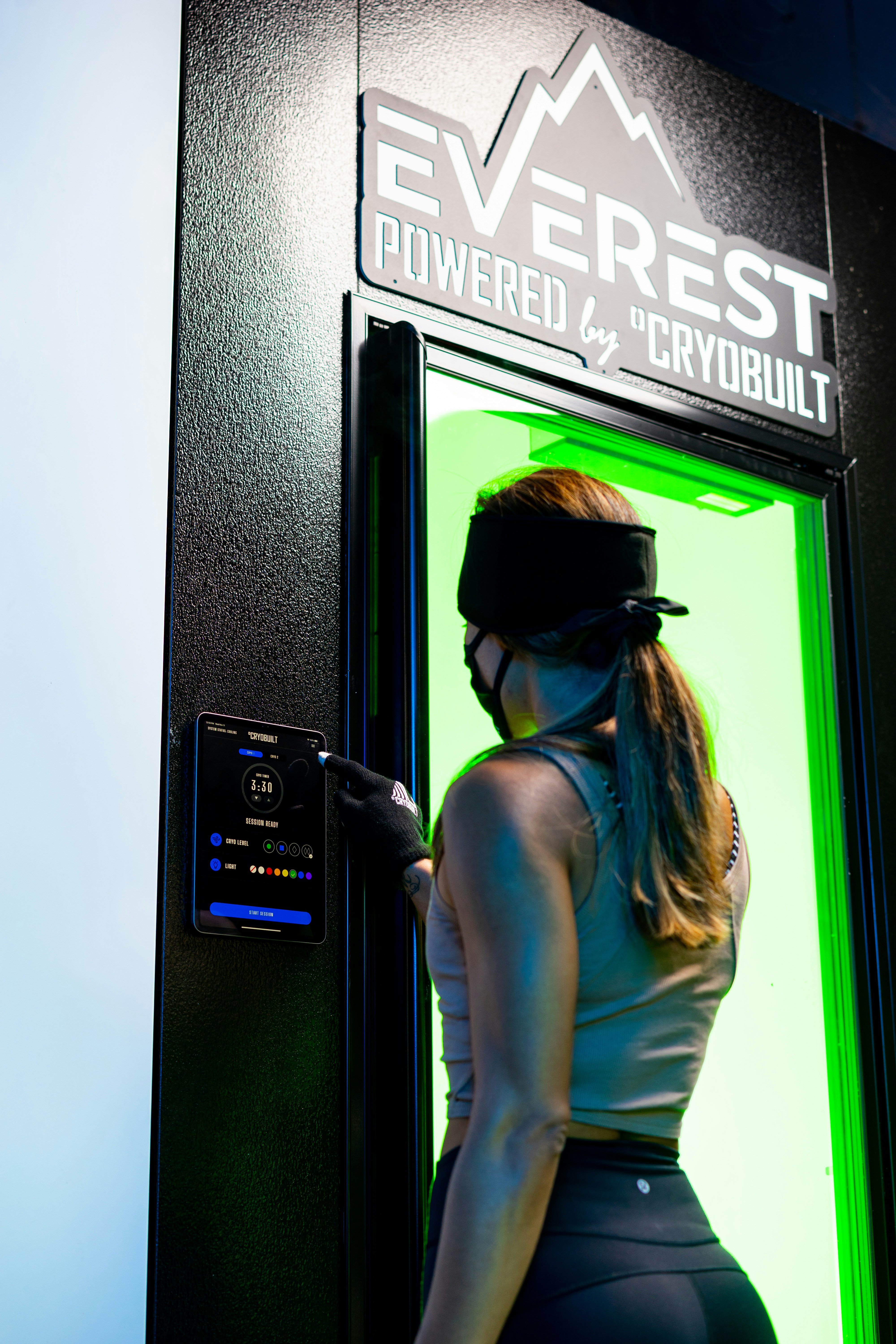Have you ever wondered what secrets lie beneath the chilly embrace of cold water? Imagine stepping into icy waters and emerging not just refreshed but with the gift of enhanced cellular longevity. Sounds intriguing, doesn’t it? What if this age-old practice, often referred to as cold plunge therapy, holds the key to a longer, healthier life? Let’s explore how a simple dip might offer profound health benefits.
Understanding Cold Plunge Therapy
Cold plunge therapy, sometimes called cold water immersion, involves immersing the body in cold water—typically ranging between 50 to 59 degrees Fahrenheit. It’s a practice with origins tracing back centuries, employed in various cultures for its invigorating effects and potential health benefits. The concept is simple but effective: expose your body to cold temperatures to elicit specific physiological responses.
Cold plunge therapy has stood the test of time, emerging from ancient traditions where it was believed to rejuvenate and heal. This practice has been a staple in Scandinavian practices, known for its sauna tradition followed by a jump into frigid water. The Greeks and Romans utilized similar techniques to recover after physical exertion.
The Science Behind Cold Plunge Therapy
When you plunge into cold water, your body’s initial reaction is shock. This immediate response triggers a complex array of systems designed to protect and adapt your body. The most noticeable reaction is vasoconstriction, where blood vessels narrow to conserve core body heat. This is followed by vasodilation when you exit the water, which improves blood circulation.
Moreover, cold immersion influences the body’s thermoregulation mechanism. It encourages the production of norepinephrine, a hormone and neurotransmitter. Elevated levels of norepinephrine can help reduce inflammation and alleviate pain, supporting cellular health and longevity.
Connection to Cellular Longevity
What is cellular longevity, and why is it crucial? At its core, cellular longevity refers to the lifespan and health span of our cells. Every cell undergoes a lifecycle, and supporting this can delay the onset of age-related diseases. Essentially, the longer and healthier your cells live, the better your overall health and potentially, your lifespan.
Cold plunge therapy plays a role in cellular longevity by inducing hormesis—mild stress that encourages increased health and vitality. This hormesis boosts cellular resilience, making cells more robust and capable of repairing themselves. Regular exposure to mild stressors, such as cold water, can stimulate the production of proteins that repair and maintain cells.
Molecular and Cellular Impact
The act of cold plunging enhances various molecular pathways that protect against cellular damage. For instance, it promotes the function of mitochondria—the powerhouse of cells. Healthy mitochondria are essential for energy production and reducing oxidative stress within cells.
Cold immersion also initiates the production of heat shock proteins. Despite their name, these proteins are activated by cold as well. Heat shock proteins play a pivotal role in cellular repair and protection, reducing the likelihood of apoptosis, or cell death.
The Benefits of Cold Plunge Therapy
Understanding the broader picture of how cold plunge therapy can enhance your health and cellular longevity is essential. The practice is linked to numerous benefits that contribute to both physical and mental well-being.
Physical Benefits
-
Enhanced Circulation: The cycle of vasoconstriction and vasodilation during cold plunges improves overall blood flow, delivering fresh oxygen and nutrients to muscles and organs.
-
Reduced Inflammation: Cold exposure has natural anti-inflammatory effects, beneficial for athletes and individuals with chronic pain.
-
Metabolism Boost: Cold water can stimulate brown fat activation, which is responsible for burning calories to generate heat, thus boosting metabolism.
-
Immune System Support: Regular cold exposure can strengthen the immune response by increasing the production of white blood cells.
| Physical Benefit | Description |
|---|---|
| Enhanced Circulation | Boosts blood flow and oxygen delivery |
| Reduced Inflammation | Alleviates pain and supports recovery |
| Metabolism Boost | Activates calorie-burning brown fat |
| Immune Support | Increases white blood cell production, improving disease resistance |
Mental and Emotional Benefits
-
Improved Mood: Cold water exposure can elevate levels of endorphins, the feel-good hormones, improving overall mood.
-
Stress Reduction: Regular cold plunges help decrease cortisol levels, which are commonly associated with stress.
-
Increased Alertness: The initial shock of cold water can sharpen your senses and leave you feeling invigorated.
-
Better Sleep Quality: Improved circulation and reduced stress levels facilitate better sleep patterns.
| Mental Benefit | Explanation |
|---|---|
| Improved Mood | Increases endorphins, boosting happiness |
| Stress Reduction | Lowers cortisol, calming the mind |
| Increased Alertness | Revives senses, enhancing mental clarity |
| Better Sleep Quality | Enhances rest by reducing stress and improving circulation |
How to Incorporate Cold Plunge Therapy
If all these benefits have piqued your interest, you might be considering how to incorporate cold plunge therapy into your routine. While it may seem daunting at first, especially if you’re sensitive to cold, there are ways to ease into it comfortably.
Starting With Cold Showers
A practical starting point is by incorporating cold showers into your daily routine. Begin with a warm shower, and gradually lower the temperature for the last couple of minutes. This method allows your body to adjust slowly to colder temperatures, building resilience over time.
Building Up to Full Immersion
Once you’re comfortable with cold showers, you can try full immersion in a cold tub or a natural body of water. Start with short durations, such as 30 seconds, and steadily increase the time as your body adapts. Always listen to your body, and step out if you feel excessively uncomfortable.
Safety First
Always prioritize safety. Ensure that you are in a comfortable environment where immediate warmth is accessible, especially if you are trying cold water immersion for the first time. It’s also advisable to have someone with you during the session in case of emergencies.
Complementary Practices for Enhanced Benefits
Cold plunge therapy is powerful on its own, but combining it with complementary practices can enhance its benefits. Here are some practices that work synergistically with cold immersion.
Breathwork
Practicing controlled breathing techniques, such as those popularized by the Wim Hof Method, can optimize the effects of cold exposure. Breathwork reduces the initial shock, helps maintain calm, and increases the overall endurance during cold immersion.
Nutrition and Hydration
Maintaining a nutritious diet and staying hydrated supports cellular processes and recovery after cold exposure. Antioxidant-rich foods, in particular, help reduce oxidative stress stimulated by cold stressors.
Regular Exercise
Incorporating regular physical exercise complements cold therapy by boosting cardiovascular health, improving mood, and enhancing metabolic benefits. Together, they form a holistic approach to well-being.
Addressing Common Concerns
While cold plunge therapy offers promising benefits, it’s natural to have questions or concerns. Here are some common ones addressed:
Who Should Avoid Cold Plunge Therapy?
Although generally safe for most individuals, those with cardiovascular conditions, high blood pressure, or Raynaud’s syndrome should consult with their healthcare provider before undertaking cold plunge therapy. Pregnant women and individuals with certain medical conditions should also proceed with caution.
Managing Discomfort
Discomfort is common initially but often fades with regular practice. Gradual exposure and controlled breathing can help manage initial resistance to cold temperatures. Over time, your body adapts, making the practice more enjoyable.
Frequency and Duration
For optimal benefits, practitioners often recommend engaging in cold plunge therapy about 2-3 times per week, starting with shorter durations and gradually increasing as you become more accustomed to the cold.

Final Thoughts on Cold Plunge Therapy
Imagine a tool that not only rejuvenates the body but also plays a pivotal role in cellular longevity. Cold plunge therapy, with its rich history and modern scientific backing, stands out as an accessible and effective practice in promoting health and vitality.
As with any wellness practice, consistency breeds results. It’s the regular engagement with cold water that cements its benefits, supporting cellular resilience and holistic health. If you’re intrigued by the potential of cold plunge therapy, consider taking the plunge. Your cells might just thank you for it.
By understanding and embracing these practices, you might unlock a pathway to improved health and potentially greater longevity. Each icy dip beckons with the promise of vitality—an invitation to discover resilience at a cellular level.




